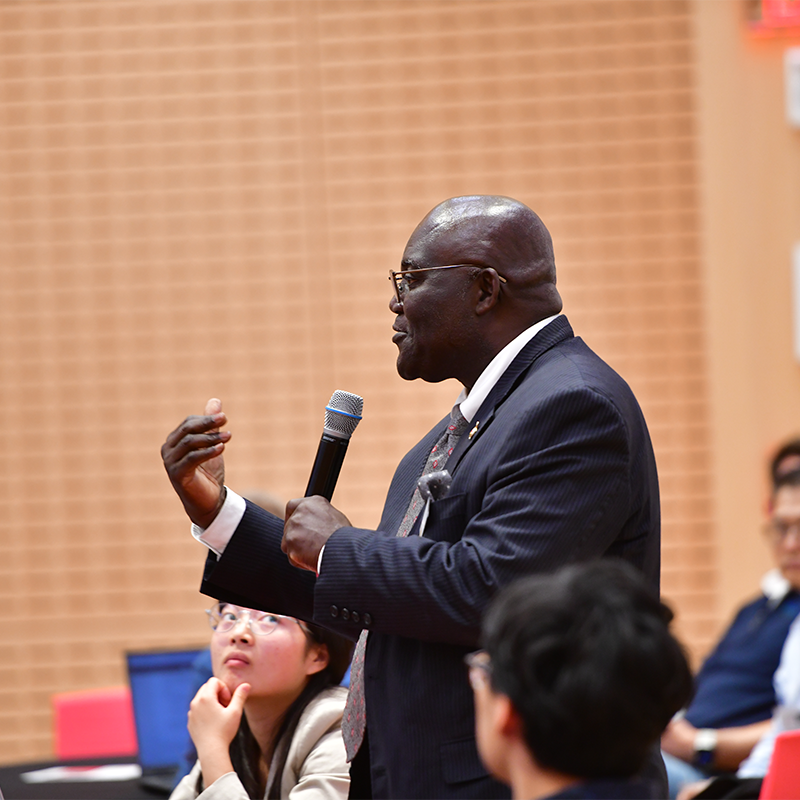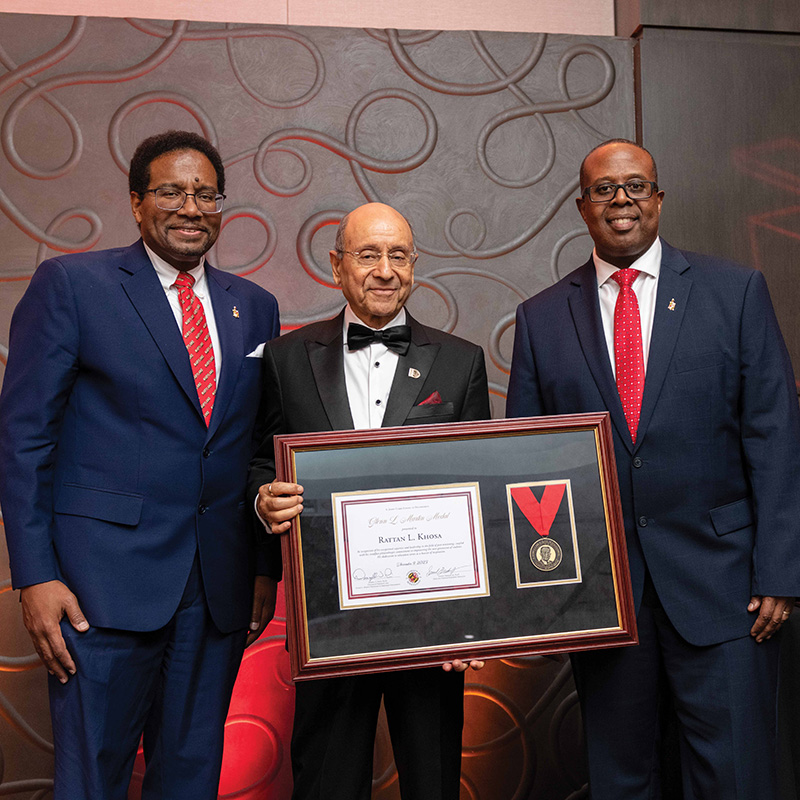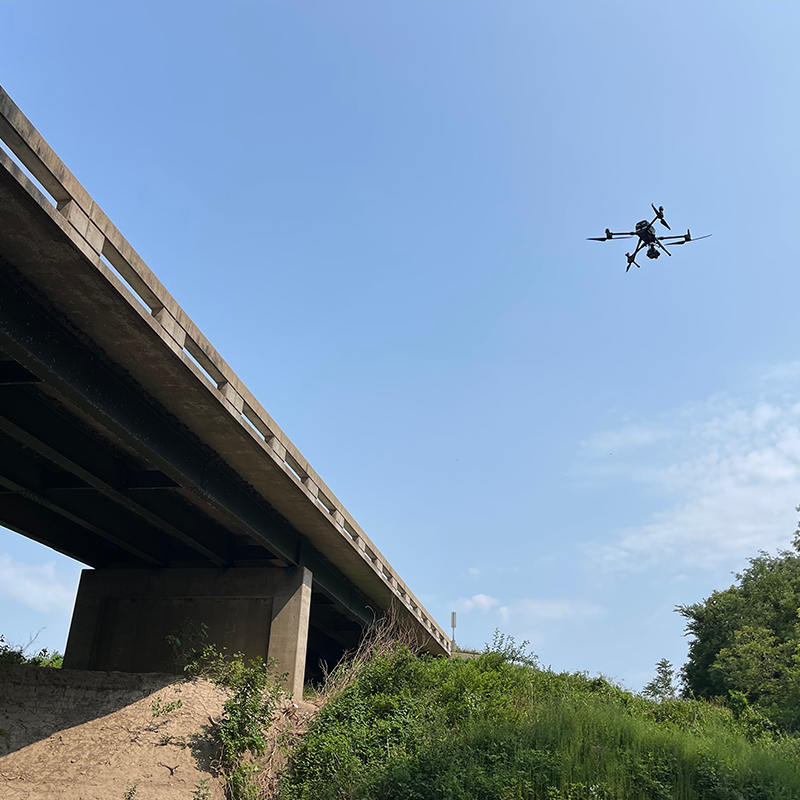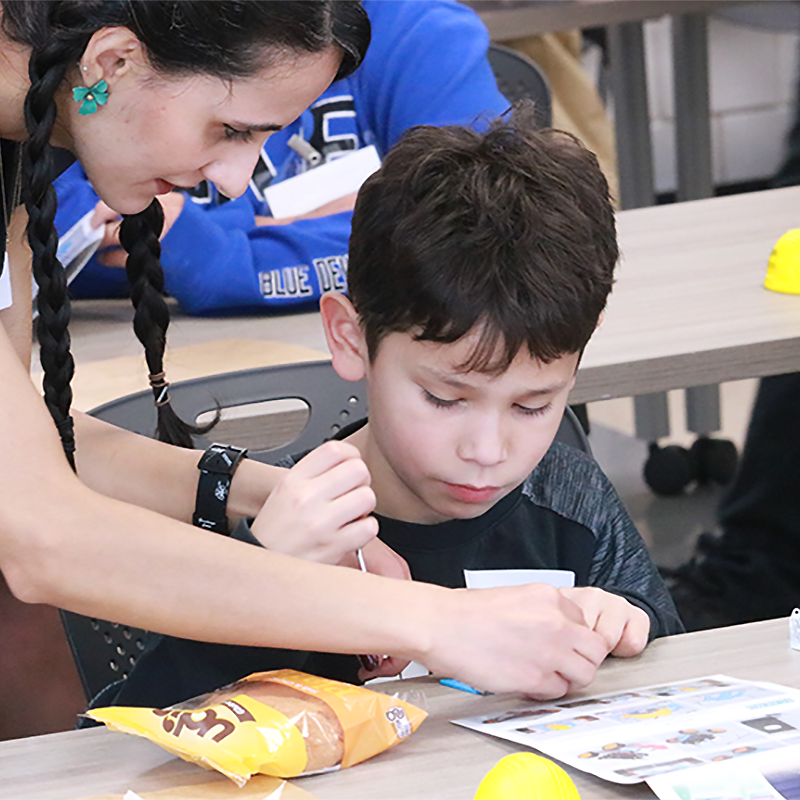News Story
Safer Roads—and Sidewalks—for All
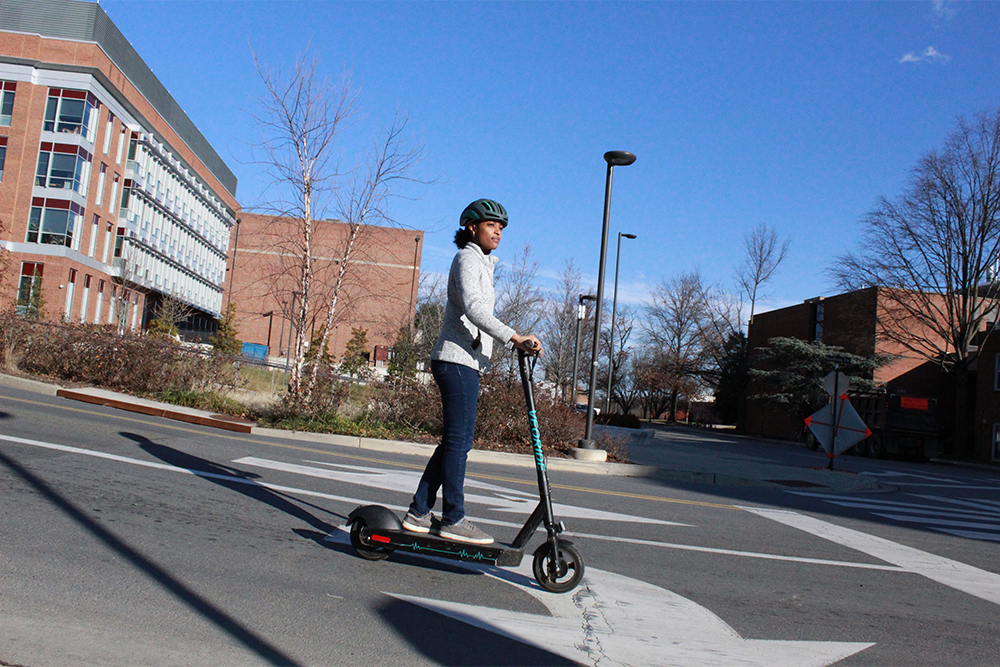
As little as five years ago, e-scooters were a rare sight on college campuses. Today, riding them—or dodging them—is a daily activity for many.
It’s part of a larger nationwide trend, driven mainly by the introduction of shared e-scooter services in 2018. The past six years have seen an explosion in micromobility across the United States—from 34 million trips in 2017 to 112 million in 2021, according to the National Association of City Transportation Officials.
The number of micromobility-related injuries has also risen, again with e-scooters contributing heavily to the rise. Data from the Consumer Product Safety Commission shows that emergency room visits related to e-scooters nearly quadrupled in frequency between 2017 and 2019 from 7,700 in 2017 to 27,700—a statistic that correlates with the introduction of scooter-share.
The mix of pedestrians, bikers, scooter users, cars, and buses on a typical college campus, including at the University of Maryland (UMD), is not always a friendly one. As UMD senior Joseph Anderson puts it, “e-scooter users often behave like they’re kings of the road. They don’t observe the traffic signs. You can see them weaving between cars and going up on sidewalks.”
Jada-Mercy Ayebae, a fellow senior, says staff members at her part-time job on campus have expressed concern. “They say they feel anxiety while driving because they know the students run through stop signs.”
Last fall, Anderson, Ayebae and other students enrolled in a civil and environmental engineering capstone class conducted in-depth studies of the micromobility hazards present on campus and drew up recommendations for mitigating them.The course was taught by Deb Niemeier, Clark Distinguished Chair in Energy and Sustainability.
The group surveyed 234 students and other members of the university community, gauging their knowledge of, and compliance with, the rules governing safe use of micromobility vehicles. The findings were worrisome, if not surprising: many said they did not observe signs or follow other rules meant to ensure safety, and some professed to be unaware of the rules in the first place.
“There are many situations where it makes sense to ride an e-scooter instead of taking a car, and this would help achieve significant emissions reductions in the long run.”
Santiago Zegarra, UMD civil and environmental engineering senior and Capstone project team member.
“We found there’s an inflated sense of safety,” said research team member Fionna Long. “People tend to feel that because they themselves haven’t been involved in an incident, the campus is safe—even if they have seen incidents happen to other people.”
Recommendations presented by the group include stepping up enforcement and building infrastructure to accommodate the new transportation modalities. The team also drew up an economic and environmental analysis to show the projected costs as well as the expected benefits in terms of emissions reductions.
“UMD is seeking to reduce its carbon footprint significantly by 2025, and micromobility—if managed effectively—can obviously play a role,” said team member Santiago Zegarra. “The goal isn’t to replace cars altogether, but to encourage other options, particularly for trips around campus. There are many situations where it makes sense to ride an e-scooter instead of taking a car, and this would help achieve significant emissions reductions in the long run.”
In Fall 2022, UMD Vice President and Chief Administrative Officer Carlo Colella convened a team that included student leaders and representatives from the Department of Transportation Services, Public Safety, Facilities Management, Student Conduct and other groups, with the goal of addressing travel safety issues on campus. A micromobility safety campaign, Safety Starts With You, was launched in February, and UMD also announced the addition of new signiage and pavement markings, among other measures.
Key takeaways from the student project, meanwhile, have been published on a website that details a proposed micromobility education and awareness program, dubbed TERPS RIDE and modeled after other awareness initiatives on campus.
The group including Anderson, Ayebae, Long, and Zegarra was one of two groups in the capstone course, with both groups addressing the micromobility challenge, though with different methodologies.
Capstone courses, such as the one that prompted this project, give senior-year students the opportunity to harness the knowledge they have built over the course of their major and apply it to a specific engineering problem.
“The Capstone projects every year take on relevant issues, often ones that the students have brought forward,” Niemeier said. “Our aim is for the students to apply what they’ve learned to issues that affect the community and society at large. This is one example.”
Published March 9, 2023



